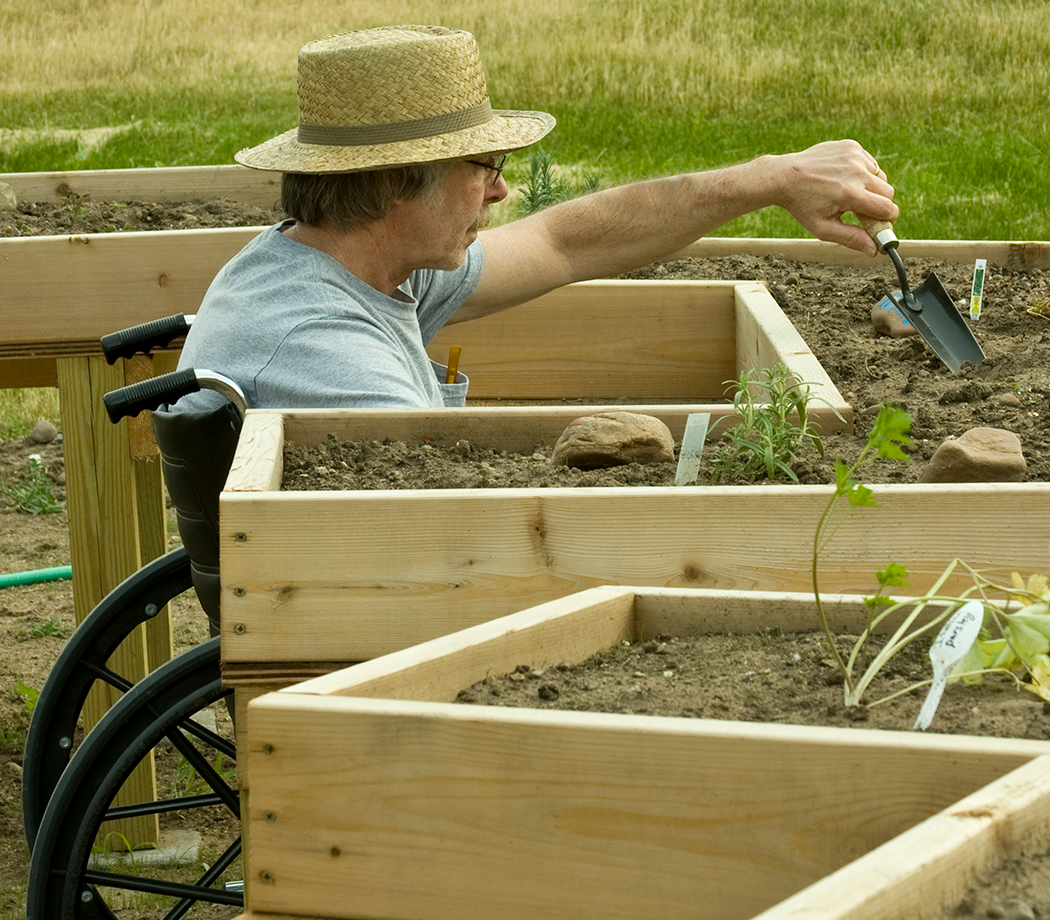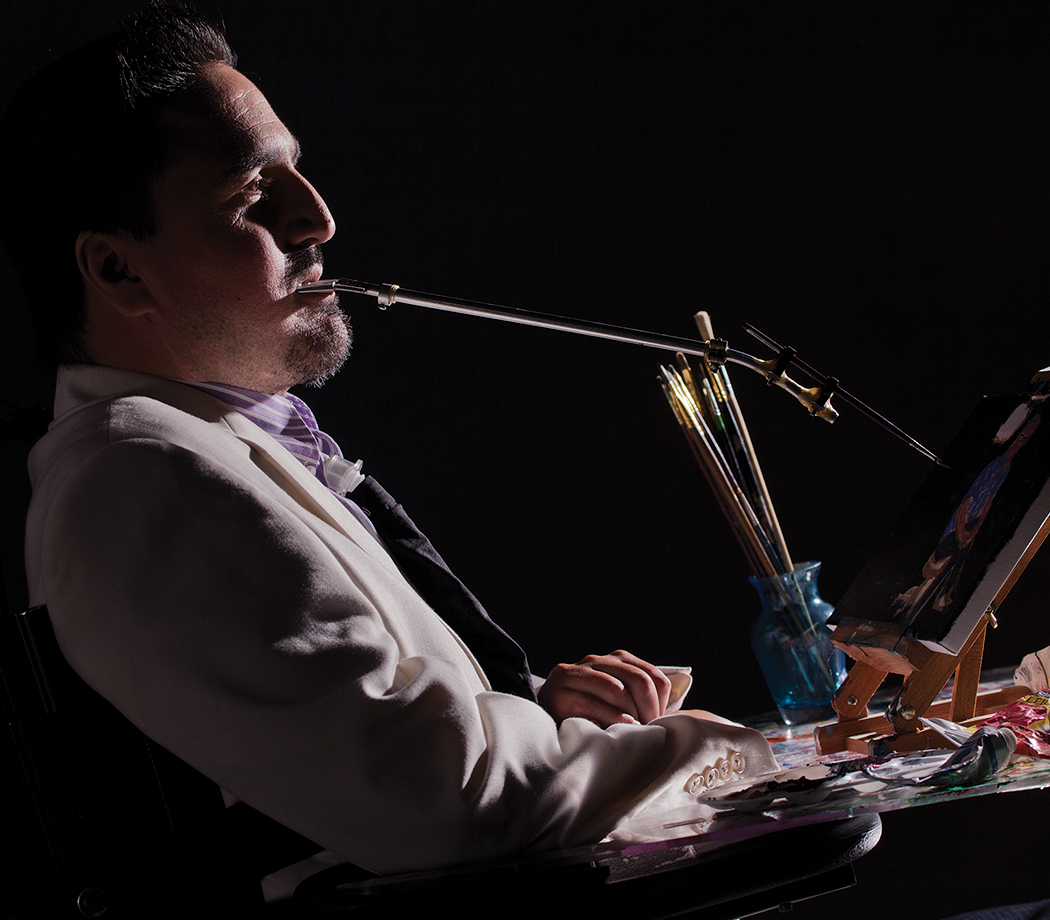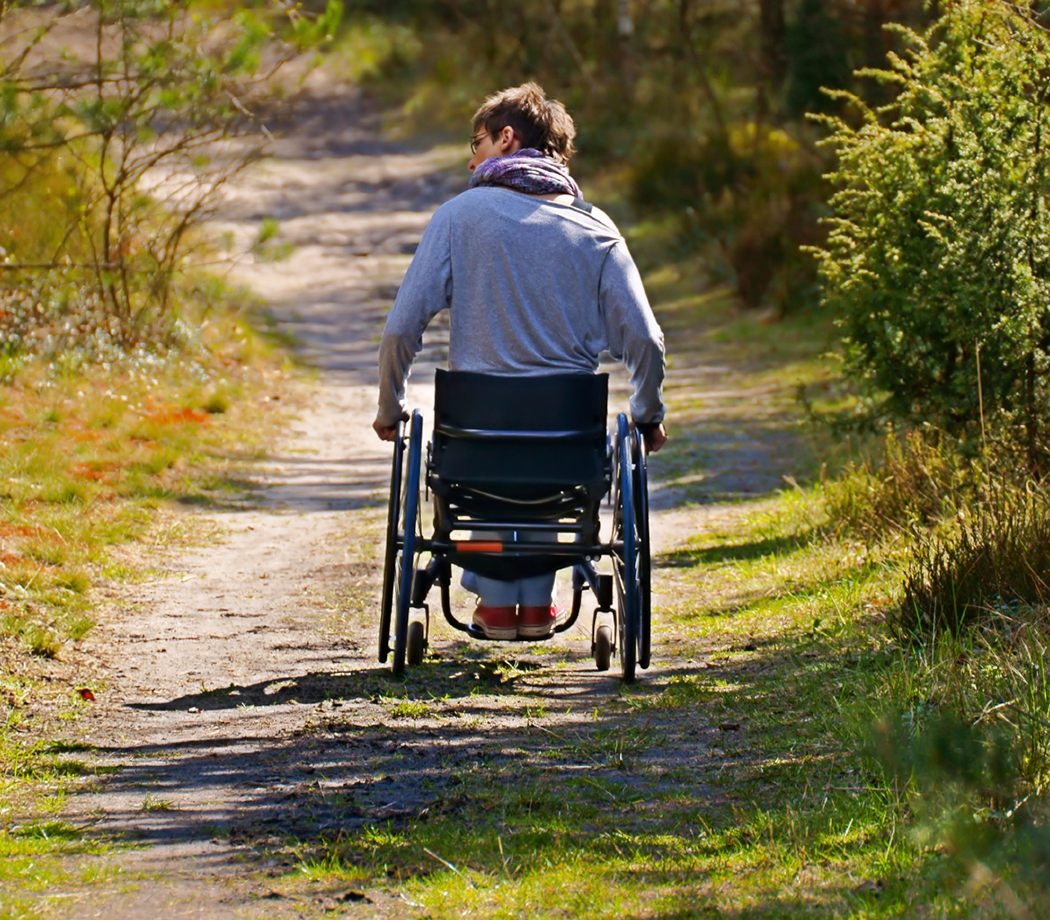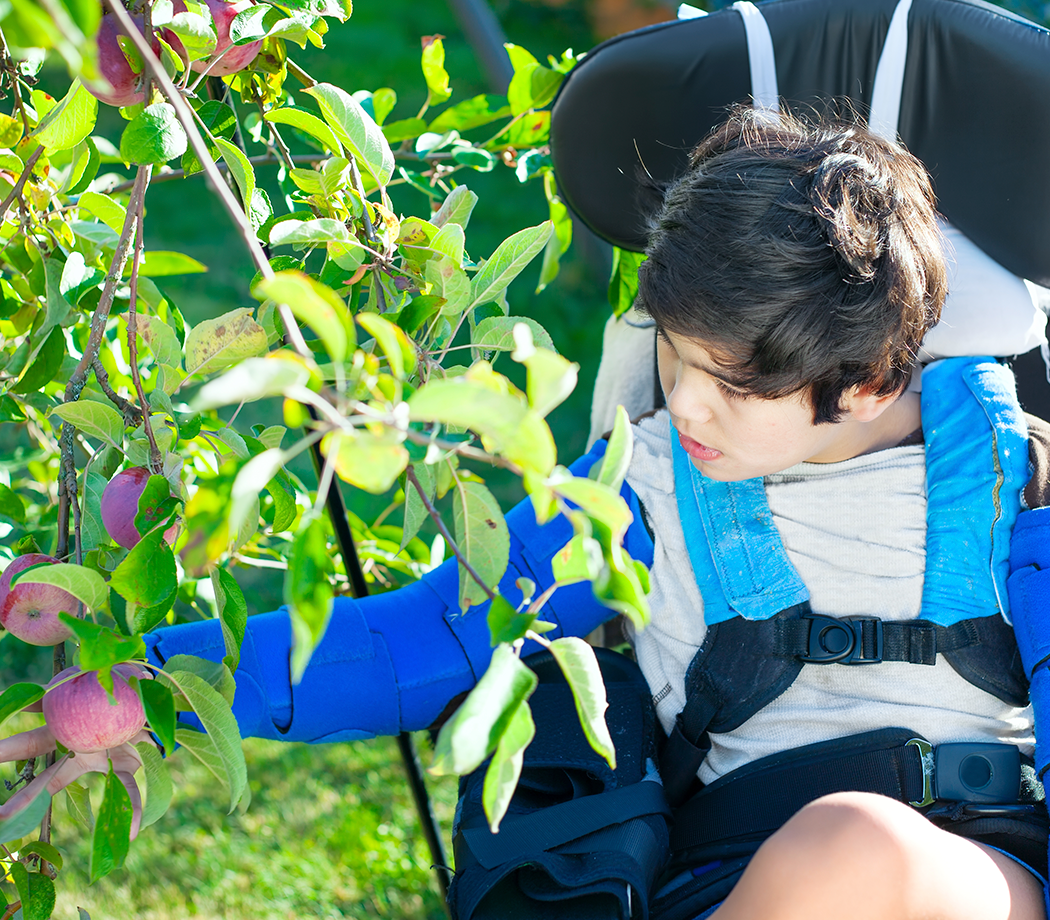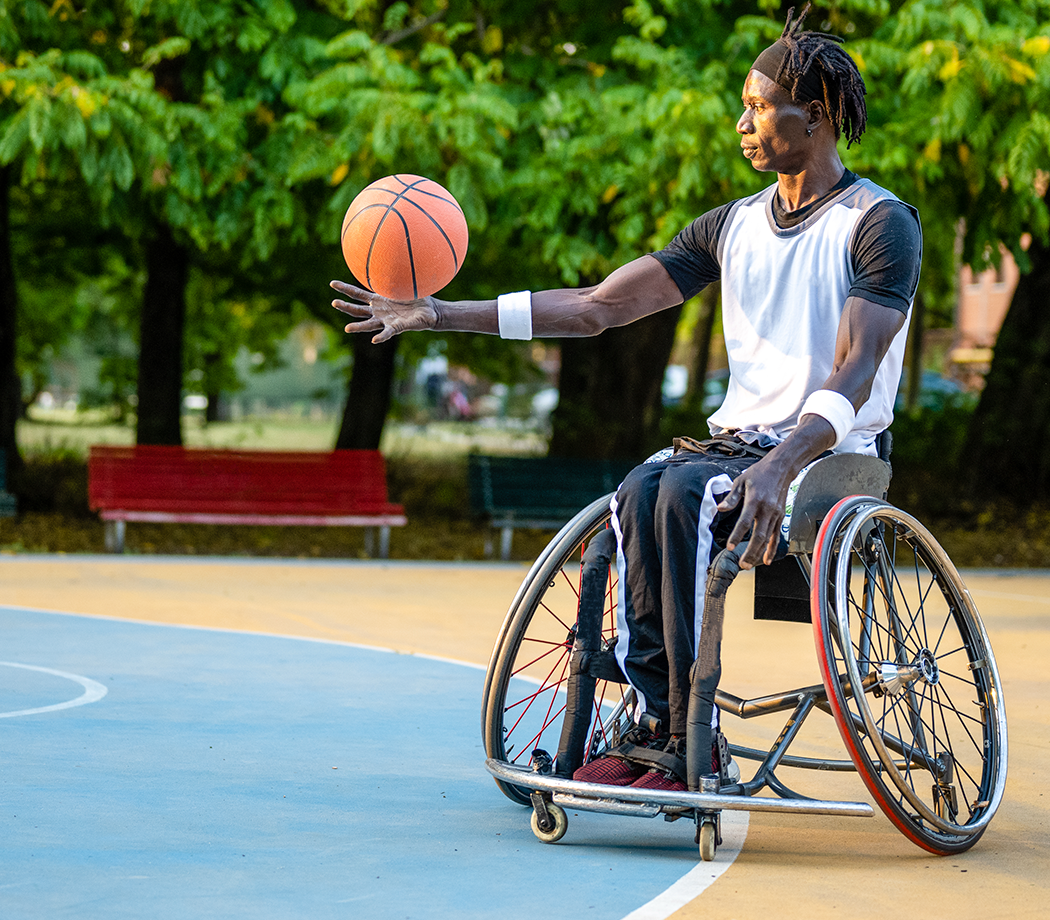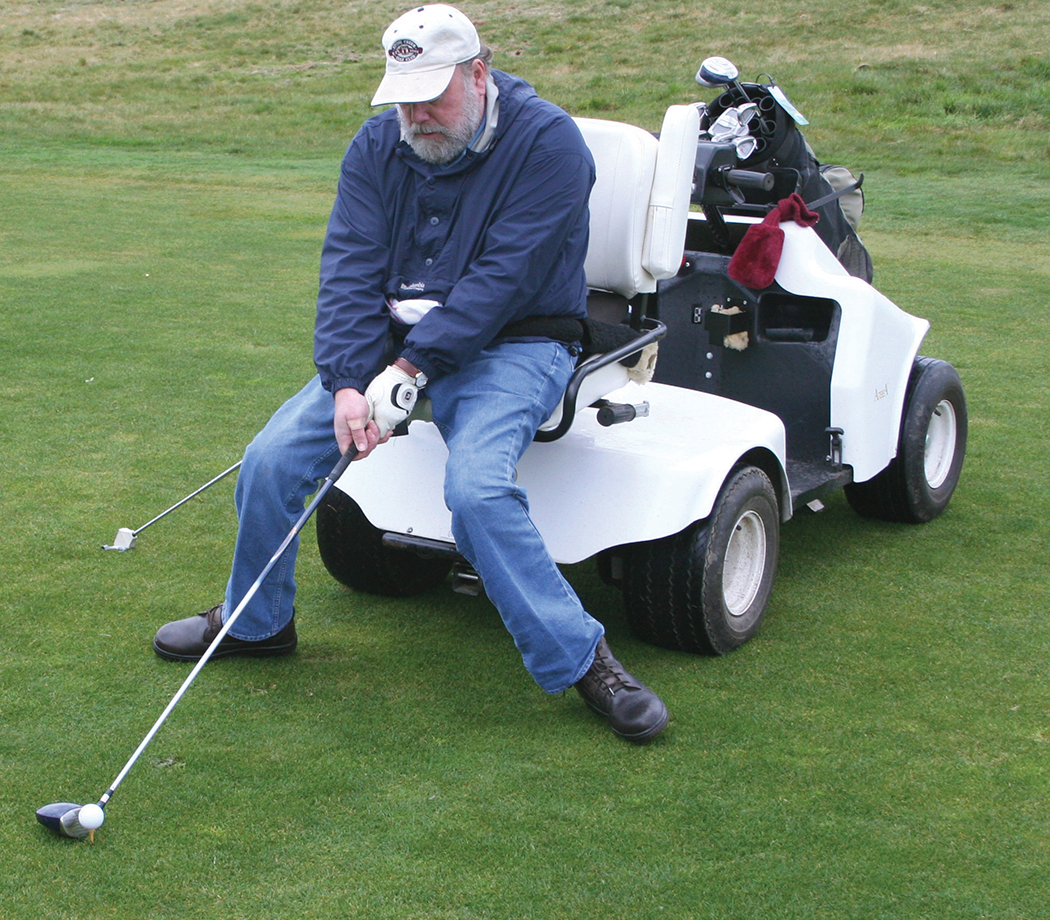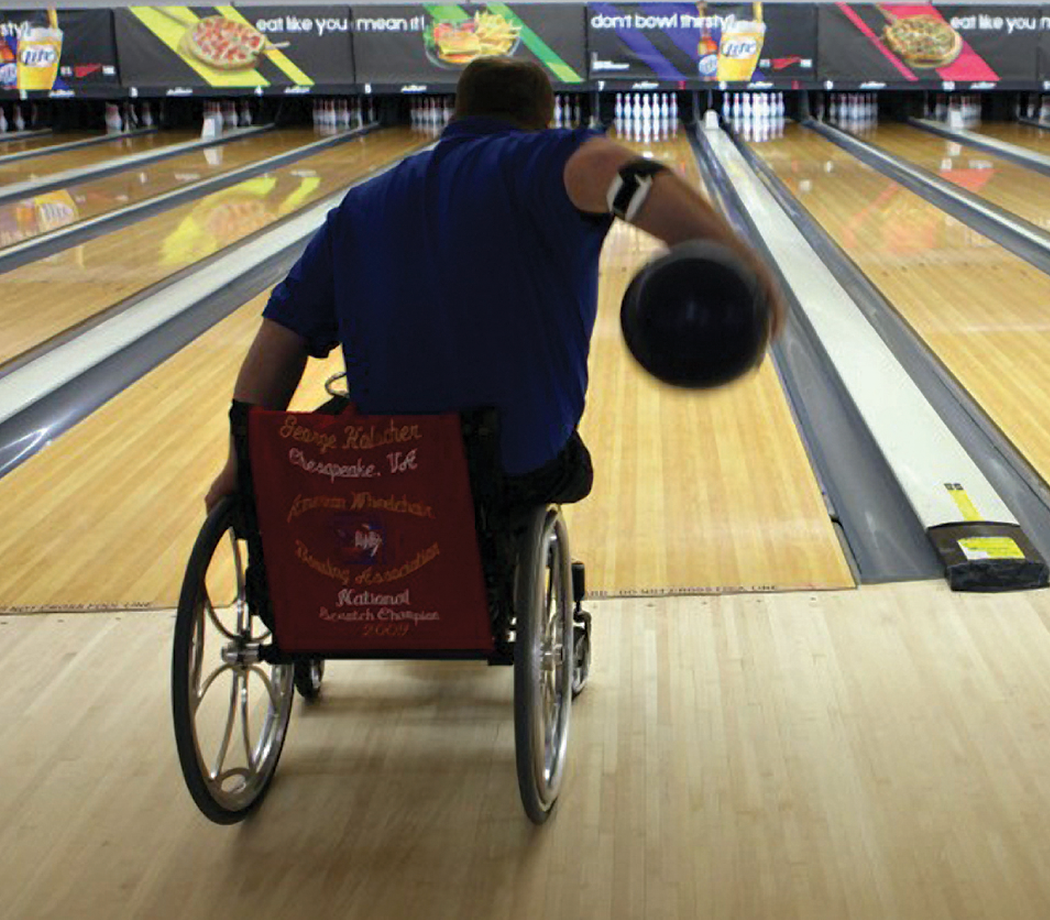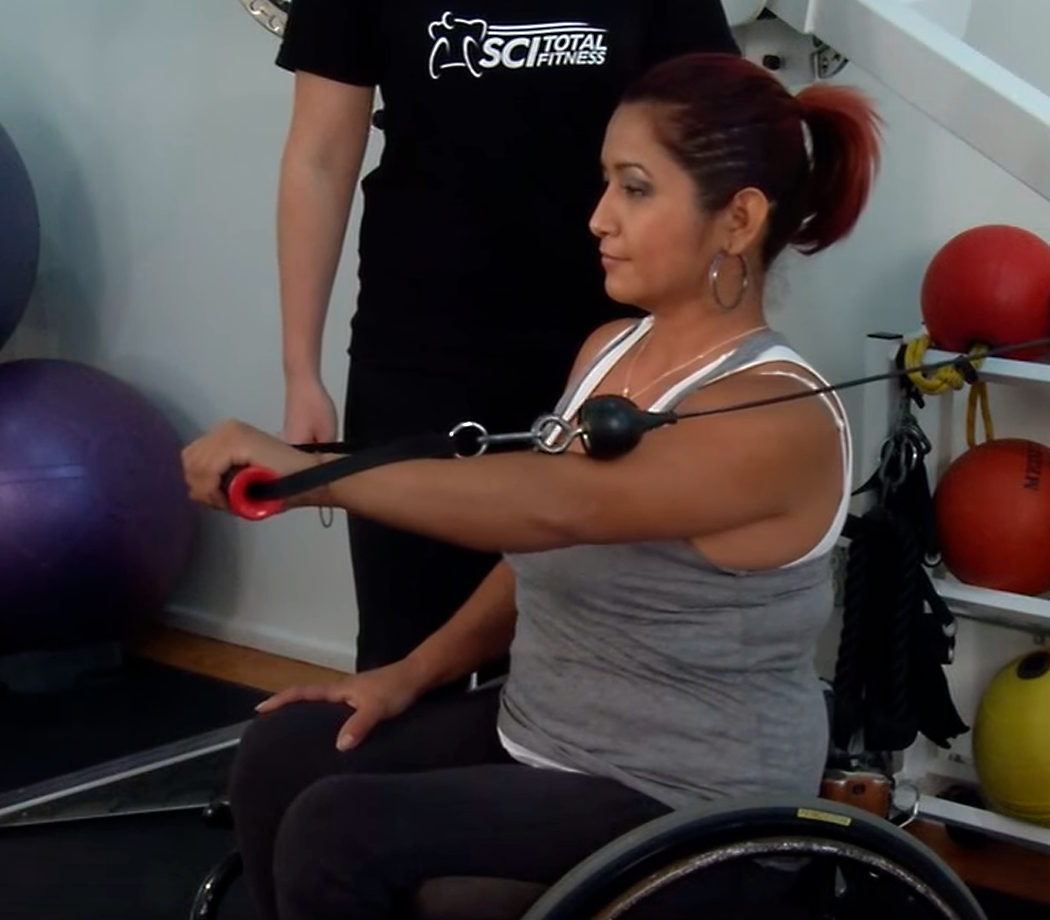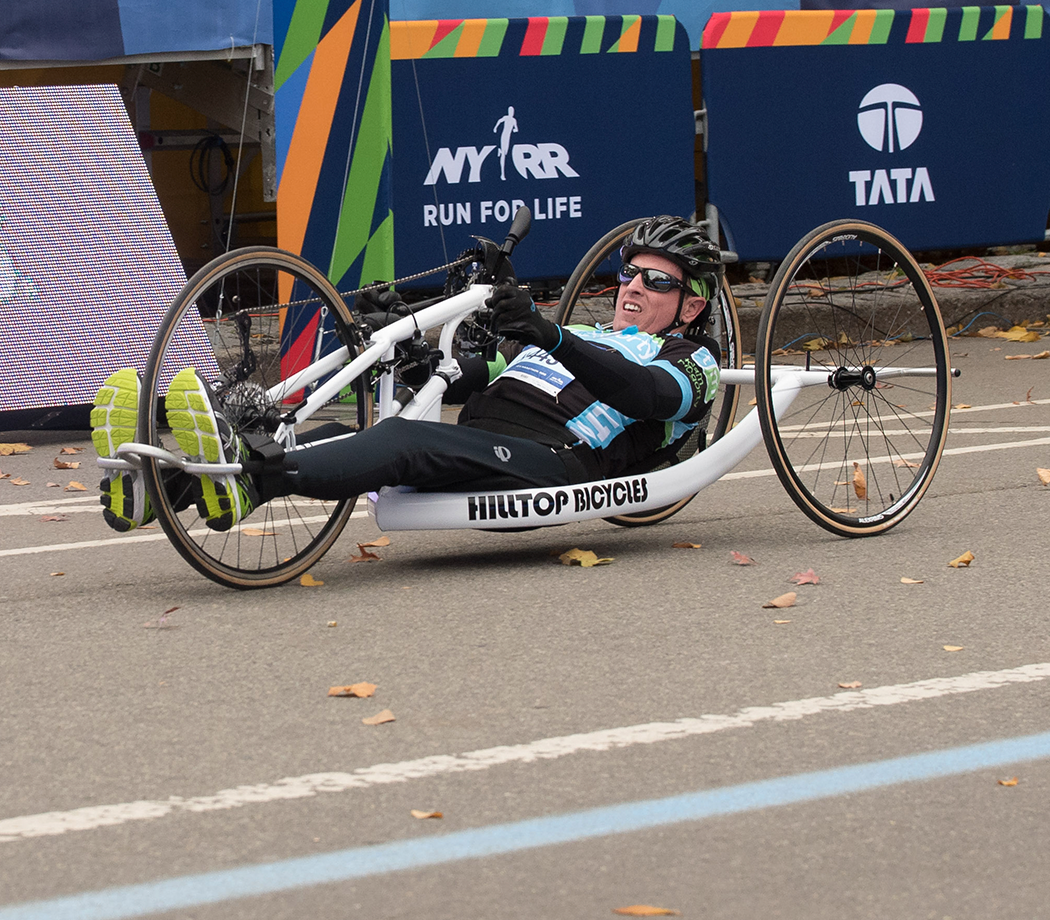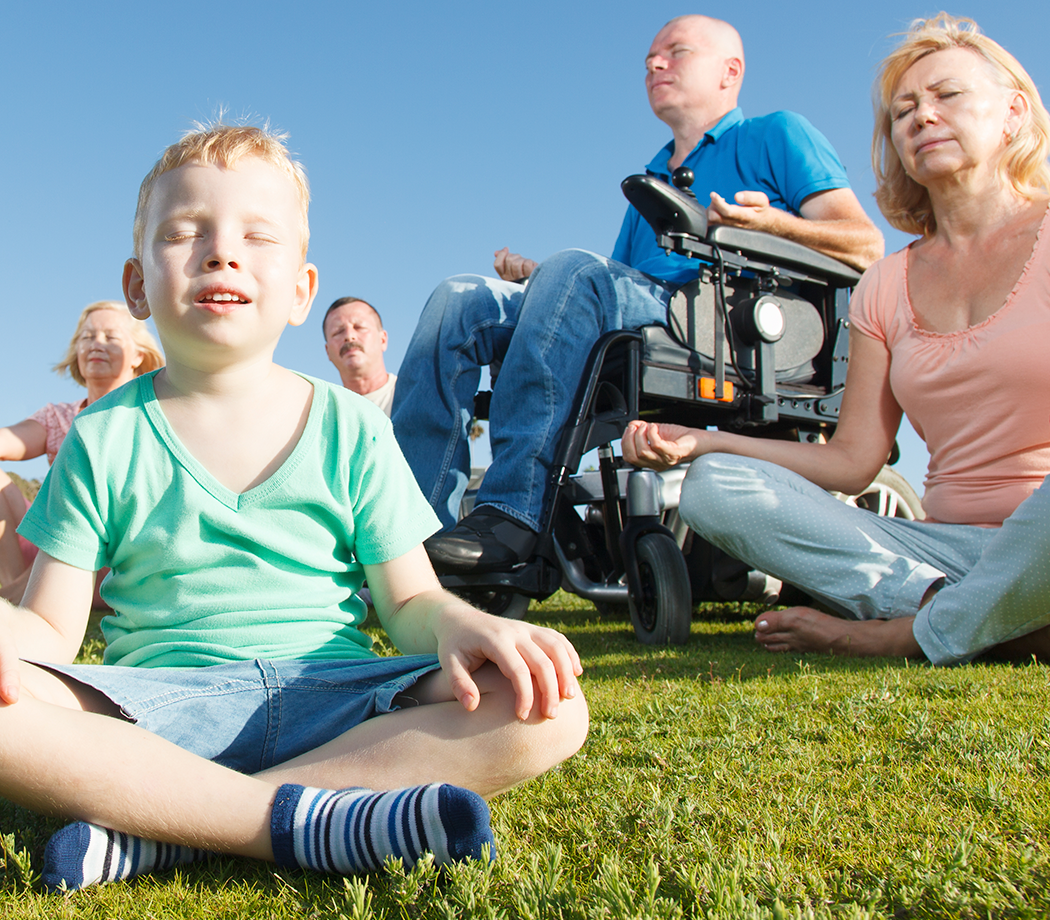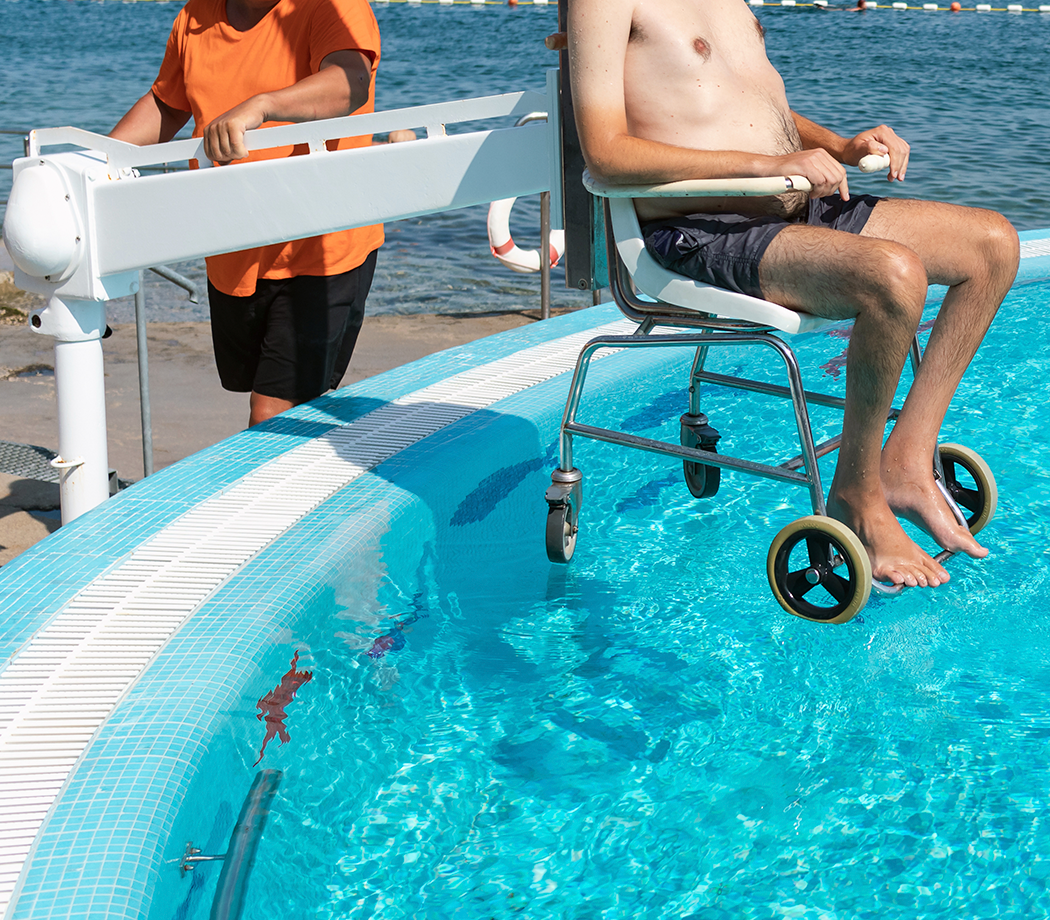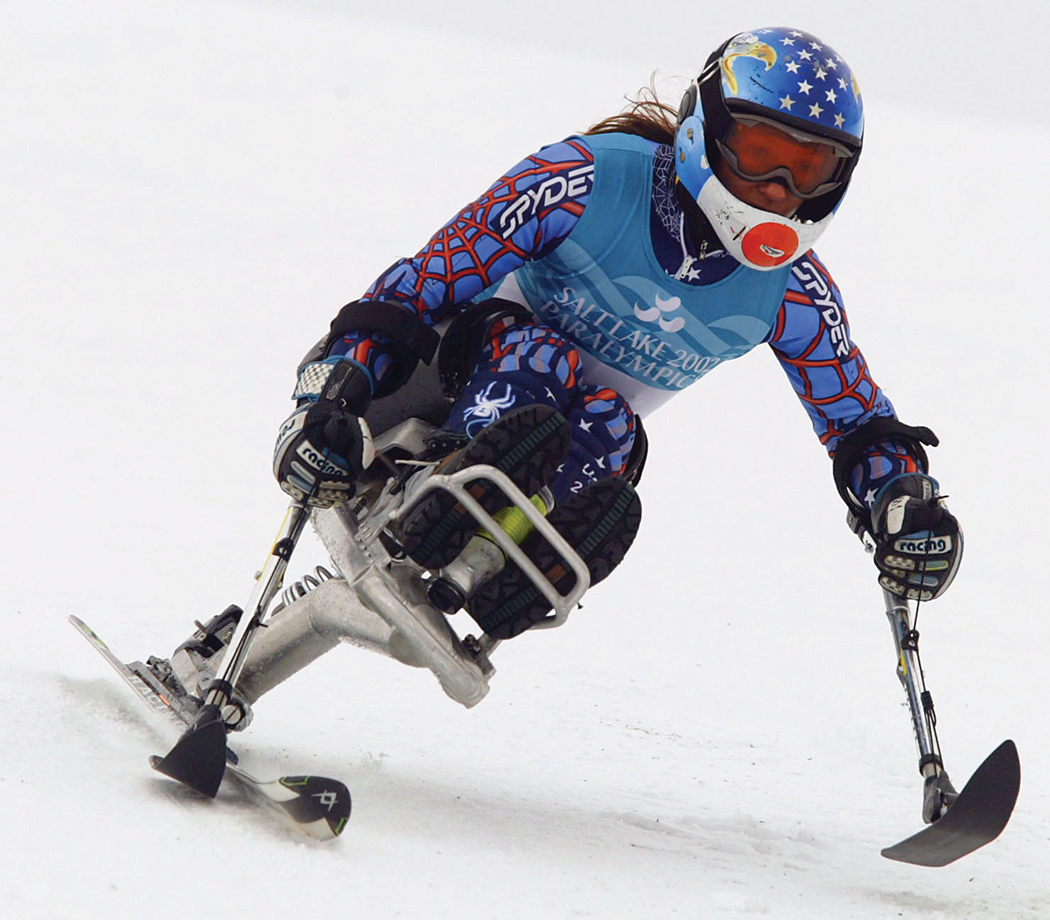Fitness Tips for All Abilities
Exercise varies depending on your level of injury, but everyone can benefit from some form of physical activity. Creating a fitness program is good for the mind and the body, but always check with your doctor before starting or modifying any exercise regime.
Individuals living with paralysis who exercise have:
- Improved breathing ability
- Greater muscle strength and stamina
- Improved circulation
- Decreased body fat
- More normal levels of fats (lipids) in the blood
- Improved self-esteem
- Enhanced immune system function
- Decreased risk of diabetes
Physical activity has been shown to help prevent some secondary conditions related to spinal cord injury, such as urinary tract infections, pressure sores, respiratory infections and constipation. People living with spinal cord injury who are more active have fewer of these complications than those who are less active.
While every exercise program should be tailored to the individual so that you meet your goals safely, below are a few tips on what types of exercise to consider.
- Cardiovascular/aerobic exercise: maintains a healthy heart and increases endurance to help meet daily activity needs.
- Muscle strength: lift weights to maintain the balance between muscle groups and muscle endurance. Lift mild to moderate weight with repetitions.
- Stretching for flexibility: preserve good joint motion and range of motion. No matter your level or completeness of injury, flexibility exercise should be part of your program.
Breakdown of Fitness Ability by Injury Level
C1 – C4
Exercise can be difficult for many individuals with higher levels of injury, but there are activities to help with muscle creation, flexibility, and endurance.
- Breathing exercises can offer great health benefits for some individuals with higher level cervical injuries.
- Neck and shoulder exercises can improve your strength and endurance. You can start by doing ten shoulder shrugs in the morning and ten at night. If you have someone to help, you can ask them to hold your head and shoulders to provide some light resistance to your movements.
- An assistant might also help with range of motion (ROM) exercises. When doing ROM, it helps if your arms and legs are lifted higher than your heart. This increases your heart rate because it is harder to push blood flow against gravity.
C4 – C5
In addition to breathing and shoulder exercises, individuals with injuries below C4 can exercise other areas. Set up help may be needed.
- Use elastic bands to exercise their biceps.
- Exercise shoulder blades while are sitting in your wheelchair.
C6 – C8
Individuals with injuries below C5 may find it better to exercise at the gym or fitness facility.
- Using modified gloves, you can probably exercise your shoulders, biceps and triceps on some exercise equipment.
- If you have finger or thumb movement, you may be able to use the equipment without the use of modified gloves.
- If you do not have access to a gym, you can do similar exercises at home or participate in other forms of physical activities.
Individuals living with paraplegia
You can probably do most forms of strengthening, stretching and ROM exercises without the assistance of others.
Whether you use exercise equipment or participate in other forms of physical activities, your focus should be keeping your body strong and flexible. For example, building upper body strength is particularly helpful for many daily activities like transferring to and from a car.
Training Considerations
Blood pressure
Spinal cord injury may cause changes in the sympathetic nervous system, keeping blood pressure low during very hard exercise.
These symptoms are important to keep in mind for those doing very strenuous activities due to increased risk of lightheadedness or other problems related to low blood pressure or heart rate.
Sweating
The higher the level of injury, the less able the body is to regulate its temperature because sweating and other mechanisms of temperature control rely on the autonomic nervous system.
For people living with quadriplegia, the temperature of the external environment will be the major determinant of body temperature during exercise. Exercising in a cool place, drinking water frequently can help prevent any body temperature increase.
Again it is important to speak with your physician prior to starting or changing any fitness program to safeguard your health and well-being.
Resources
If you are looking for more information or have a specific question, our Information Specialists are available business weekdays, Monday through Friday, toll-free at 800-539-7309 from 9am to 8pm ET.
Check out our repository of fact sheets on hundreds of topics ranging from state resources to secondary complications of paralysis.
This includes fact sheets on aquatic therapy, nutrition, healthy cooking, fitness and exercise, and even information on FES and locomotor training.
We encourage you to reach out to fitness and health support groups and organizations, including:
- Disabled Sports USA provides adaptive sports opportunities for people with disabilities to develop independence, confidence and fitness through sports.
- Fishing Has No Boundaries, Inc. creates avenues of recreation for any person with a disability is eligible to fish, regardless of disability.
- National Center on Health, Physical Activity and Disability (NCHPAD) offers numerous resources to help people with disabilities become more active, plus resources for health, fitness and exercise professionals.
- National Wheelchair Basketball Association provides the opportunity to play, learn and compete in the sport of wheelchair basketball.
- University of Alabama at Birmingham started the EatRight® Weight Management Program designed for individuals with spinal cord impairments.
- University of Washington School of Medicine provides fact sheets and an interactive forum on health, fitness, and nutrition.

